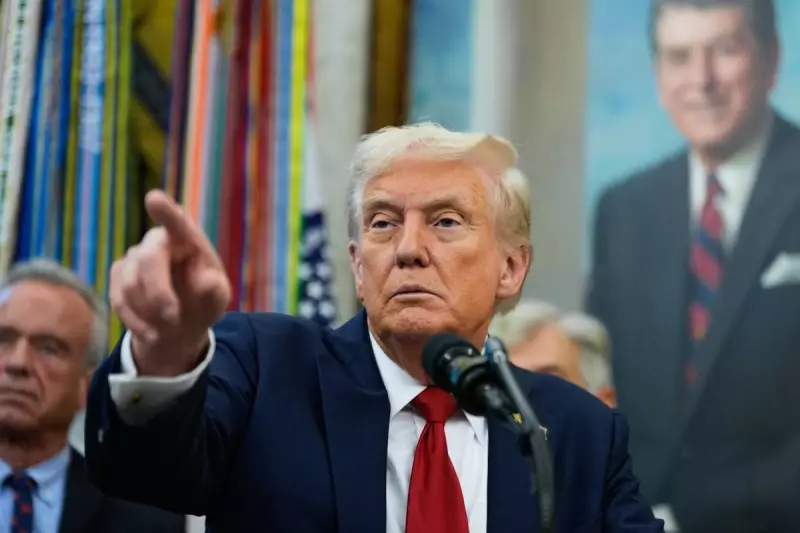
In a move that could reshape global trade dynamics, former President Donald Trump is reportedly considering implementing sweeping 10% tariffs on all imported goods if he returns to the White House. This radical economic proposal is now facing intense scrutiny from policy experts who warn it could represent the largest tax increase in decades.
The $17 Trillion Question
According to recent analysis, Trump's proposed universal tariff would apply to approximately $17 trillion worth of imported goods over a standard ten-year budget window. This staggering figure has sent shockwaves through economic circles, with many questioning the potential consequences for both American consumers and international trade relationships.
Economic Experts Sound Alarm
Prominent economists and trade specialists have expressed deep concerns about the plan's viability. The proposed tariffs would essentially function as a massive consumption tax, likely driving up prices for American households across virtually every sector of the economy.
One trade policy expert emphasised the unprecedented scale of the proposal, noting that "we haven't seen a tax increase of this magnitude in modern American history". The plan would mark a dramatic departure from current trade policies and could potentially trigger retaliatory measures from trading partners worldwide.
Political and Economic Implications
The tariff proposal comes as Trump positions himself for a potential 2024 presidential run. While his campaign has championed the plan as a way to protect American jobs and manufacturing, critics argue it could:
- Significantly increase consumer prices
- Disrupt global supply chains
- Potentially trigger a trade war with key allies
- Undermine international economic cooperation
As the debate intensifies, both supporters and opponents are closely watching how this bold economic strategy will play with voters concerned about inflation and economic stability.
What Comes Next?
With the proposal still in its early stages, economic analysts and political observers are conducting deeper investigations into the potential ramifications. The coming months will likely see increased scrutiny from both sides of the political aisle as Americans weigh the costs and benefits of this transformative trade policy.





